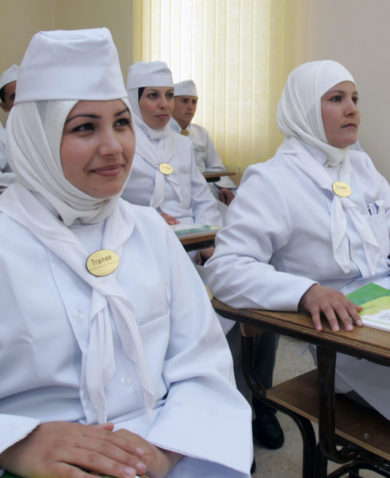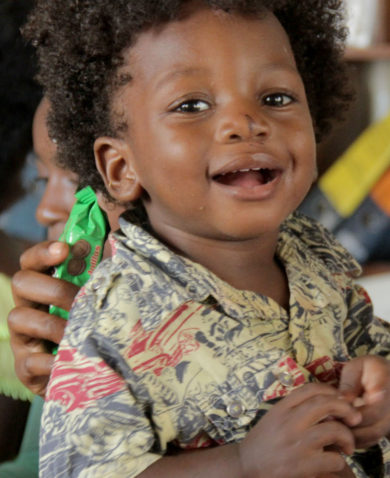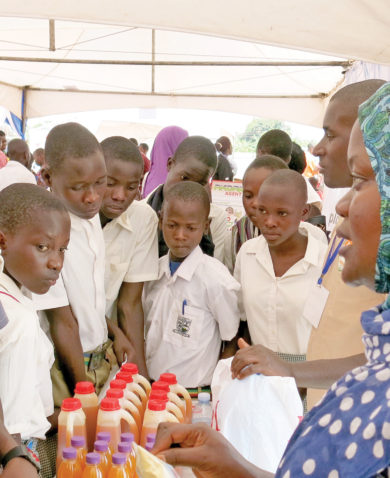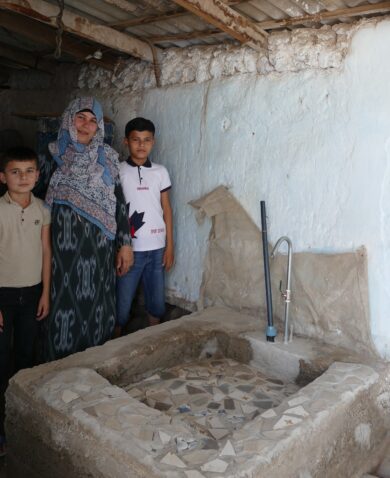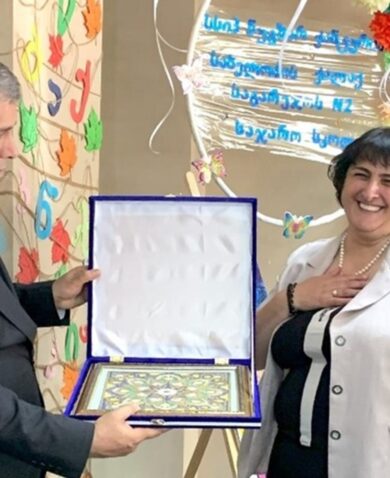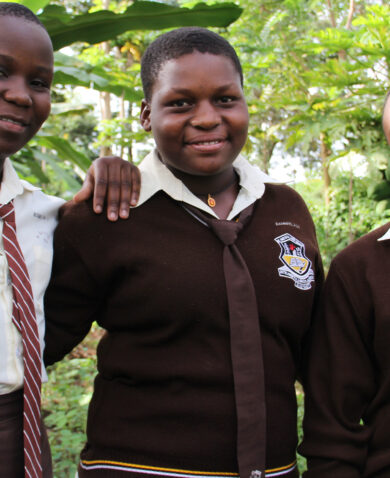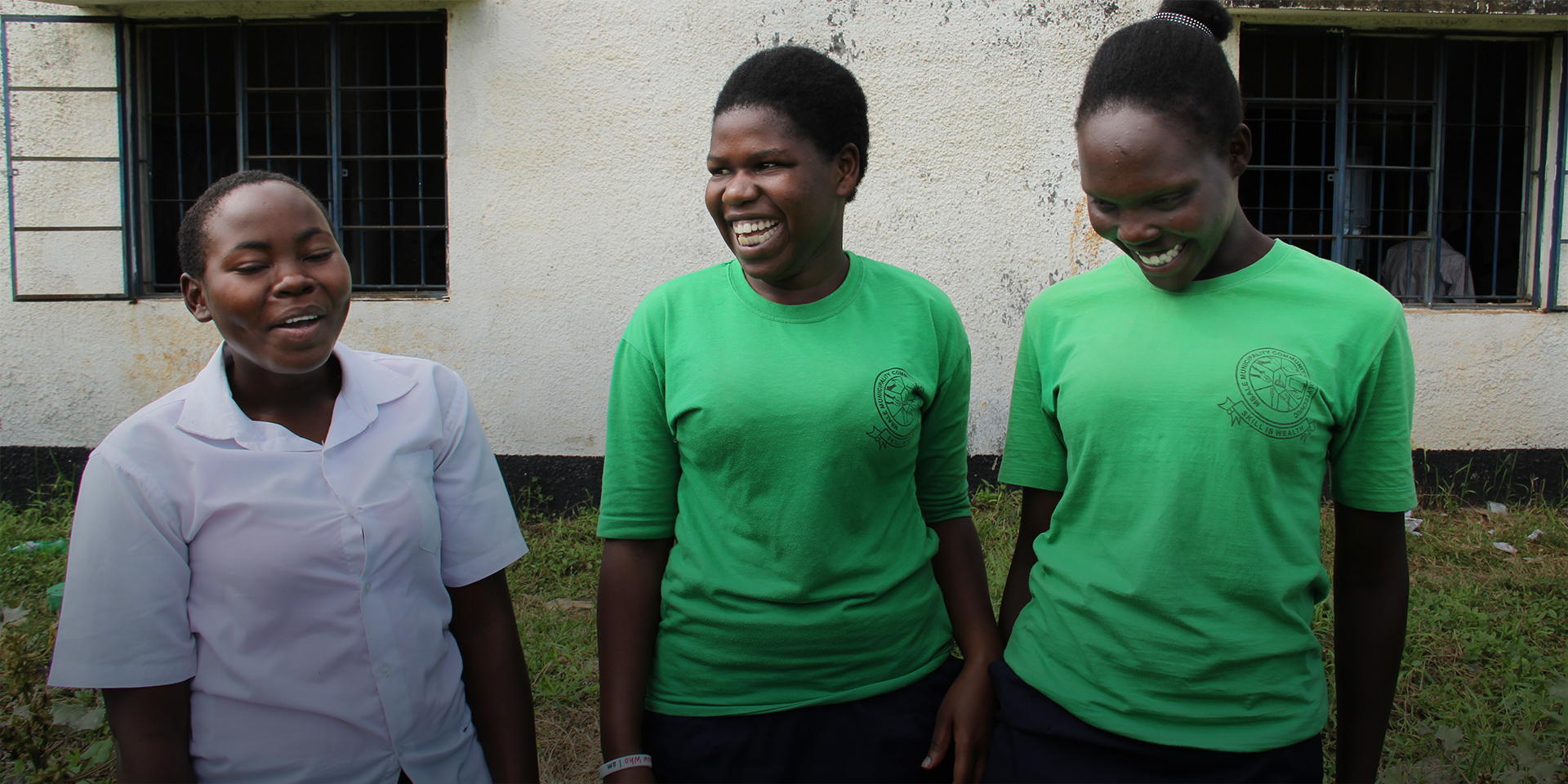
Creating Safe Spaces for Youth to Thrive
August 10, 2018 | 4 Minute ReadWe know that it is critical to empower young people as tomorrow's leaders, but how do we ensure youth can reach their full potential? Kate Brolley looks at the power of "safe spaces."
International Youth Day is a day that celebrates the role of young men and women as powerful agents of change and critical partners in advancing global development. This is a day that calls upon governments, communities, civil society, and the private sector to empower youth, ensure they always have a seat at the table, and commit to bettering the lives of almost half the world’s population. Although we have made progress over the years, nearly 90 percent of youth still live in emerging and developing economies. These youth continue to face unique challenges and hardships, such as unemployment (13.1 percent, or more than 71 million unemployed youth) and poor physical, social, and emotional health. Youth also face significant barriers to education (133 million youth around the world remain illiterate), as well as disenfranchisement and displacement.
How do we push forward and improve outcomes for the world’s youth? The theme for this year’s International Youth Day — “Safe Spaces for Youth” — is a good place start. The idea behind this is that youth need spaces where they can come together, engage in activities, and express themselves freely. Without safe spaces, youth of all races, ethnicities, genders, or religions may feel vulnerable or intimidated and as though they unable to fully contribute to their community. Safe spaces for youth can come in many different forms. The following three interpretations of “safe spaces for youth” are built on the premise that for youth to thrive, we must put them in the driver’s seat and ensure they have the tools to succeed.
The Physical Space: Build a Foundation of Skills and Assets
Strengthening the skills and assets of young people is imperative for success and resilience through the many transitions, shocks, and dimensions of their lives. For example, even when young men and women do find employment, the quality of their jobs can remain a striking concern. Of the youth who are employed, 16.7 percent continue to live below the extreme poverty threshold of $1.90 a day which can be indicative of several issues including under-employment, skills mismatch, or labor market imbalances.
Building and investing in the human capital of young people is critical to ensuring they have high quality jobs and a high quality of life. Providing physical spaces where youth can not only gain key skills but where they also feel valued and empowered to contribute is one way to achieve this. The USAID Moldova Competitiveness Project cultivates physical safe spaces for youth to build science, technology, engineering, and math (STEM) skills. These physical spaces are in the form of robotics clubs where students can build, program, and test real-life technology. Robotics clubs provide a space that is fun and creative, and they empower youth to gain skills and confidently pursue STEM careers.
The Economic Space: Foster Economic Change and Sustainability
The nature of work is changing. Globalization, urbanization, climate change, and technological diffusion are all shifting the dynamics of the economic landscape. The result is the creation of new spaces for young people to be employed or start a business. We must work to ensure that they are prepared for and connected to these opportunities. Bridging the gap between youth and the private sector is critical so that young people can gain important job experience and develop a career. Additionally, it is just as important to provide support to self-employed youth and youth entrepreneurs so they can effectively enter supply chains, access markets, and identify and implement efficiencies in their businesses.
Given the changing nature of work, up-to-date labor market information is crucial for identifying high-growth occupations for youth. Effective employment programs must start with a thorough understanding of the specific market and they must work to match the supply of labor to the demand of labor as too often they can fall into the trap of focusing on one over the other. The USAID Building Economic Sustainability through Tourism (BEST) program in Jordan is putting this best practice in action. In Jordan, the tourism sector holds promise for new young labor-market entrants and it’s an essential driver of the national economy. The BEST program works with the private sector and universities to connect them to youth and provide tourism internships so youth can build their skills and succeed in a rapidly emerging industry.
The Digital Space: Support Enabling Environments
Often, youth around the world feel disenfranchised and disempowered when it comes to making decisions and a difference in their communities. In fact, 66.5 percent of youth between 18 and 29 believe their government doesn’t care about their opinions. As a result, civic participation among youth — whether at the community or national level — may be limited, and youth are often unaware of their fundamental rights and responsibilities. This, coupled with the fact that many policies still act as barriers to a young person’s growth, makes it critical to support and strengthen the enabling environment for youth so that they feel empowered to enact change in their communities. The USAID Promote: Women in Government project in Afghanistan is approaching this in a unique way through radio. “One Village, A Thousand Voices” is a weekly radio program that is broadcast throughout Afghanistan with a focus on justice issues affecting women and youth. Utilizing a technology known as Interactive Voice Recording, youth can call in and leave messages or questions about issues related to Afghan law. The radio show then broadcasts responses to these questions from legal experts. As a result of the program, listeners have a better understanding of their rights and are able to interact more effectively in their communities.
Never before have there been so many young people in the world and now is the time to seize the opportunity for social and economic progress. By providing youth with the space to develop their skills and assets, build a career, and actively participate in their community, youth can fully realize their potential.
Blog posts on the Chemonics blog represent the views of the authors and do not necessarily represent the views of Chemonics.




